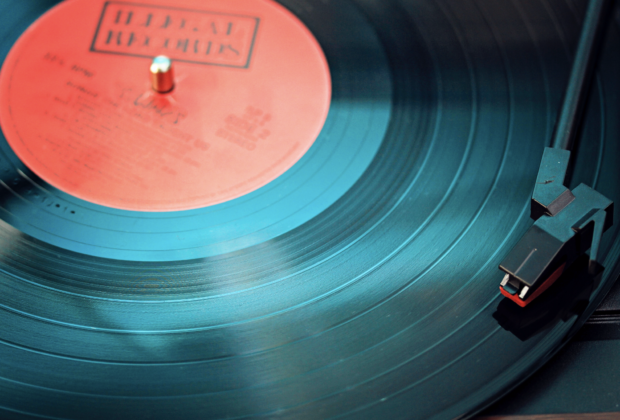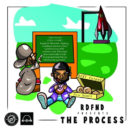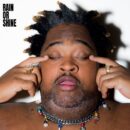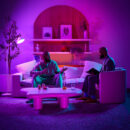While vinyl records have undergone a recent spike in popularity, many people are handling vinyl for the very first time. Because vinyl is a very different material from compact disc or DVD, there are several precautions necessary to preserving its sound quality and maintaining its condition. This guide has been written in order to inform new vinyl owners of what equipment to invest in and how to best store their records.
Necessary Equipment for Vinyl Maintenance.
One of the biggest issues with vinyl records is that they naturally attract dust from developing a static charge. Dust can collect in the minute grooves of a vinyl record, leading to popping and clicking sounds disturbing the intended audio. While plenty of storefronts offer cleaning kits for vinyl, the best approach to maintaining your gear is a record brush, a soft towel and a cleaning solvent that has been confirmed safe to use on plastics.
After reading all of the conditions and qualities of vinyl records, you'll see that a bookshelf with sufficiently tall shelves makes an ideal storage place for records because it affords easy access to your records while keeping them vertical and out of the sunlight.
Precautions and Steps to Preserve Your Vinyl.
One of the easiest ways of keeping your vinyl in top condition is in storing them. Records are best maintained when kept within their slipcases and stored in a cool, dry location. Additionally, records should never be stacked atop each other. Records that are stacked like plates have a very high chance of irreversibly warping.
Warping occurs when a record's shape is compromised, most commonly through heat or constant pressure. While you can play a record that has some minor warping, it will probably not be a pleasant sound. Because constant, direct exposure to sunlight can cause warping in records, it's best to keep them in their slipcases. While warping also occurs from tightly shrink-wrapping album covers, a little research can give you a heads up to records or vendors known for having this problem. Do not try to solve a record's warping by carefully applying heat and sculpting it back into alignment; while you may restore the record's aesthetics, the grooves responsible for producing sound will only be further distorted and ruined. The worst element of a warped record is "breaking;" broken records are warped to the point that a player's stylus jumps back to an earlier part of the record, producing a sound loop.
Most discs include mention of their thickness; the thicker the disc is, the longer it can be played without any noticeable damage or deterioration of sound quality. While newer vinyl records tend to have a thickness of 180 grams, it’s worth noting that every play of a vinyl record takes some toll on its playability. While some purists may scoff at colored vinyl discs, there is no difference in the sound quality of a song recorded on red vinyl versus that of a traditional black version of the same quality.
Jessica Kane is a music connoisseur and an avid record collector. She currently writes for SoundStage Direct, her go-to place for all turntables and vinyl equipment, including VPI Turntables.



![[SXSW Interview] Bre-Z is Building Her Own Empire Outside of TV](http://upcominghiphop.net/wp-content/uploads/2017/03/IMG_5814-130x130.jpg)
![[Premiere] Troubled Empire - "Sucker 4 Love" Video (Prod. Shamir Tyner)](http://upcominghiphop.net/wp-content/uploads/2016/12/1111-350x320.png)
![[Interview] AWKWORD Talks Motivation, His Music, and More](http://upcominghiphop.net/wp-content/uploads/2015/08/4-Things-every-hip-hop-artists-should-11.png)
![[A3C Recap] So You Want to Be a Blogger](http://upcominghiphop.net/wp-content/uploads/2015/10/Copy-of-6-ways2.png)

![[Audio] “Vice City” - Innanet James](http://upcominghiphop.net/wp-content/uploads/2015/12/Screen-Shot-2015-12-16-at-11.03.23-AM.png)




